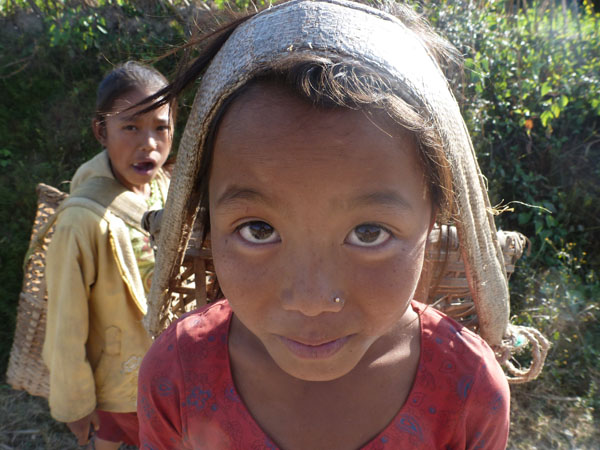Trafficking in Nepal
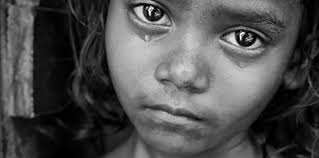
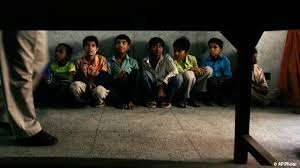
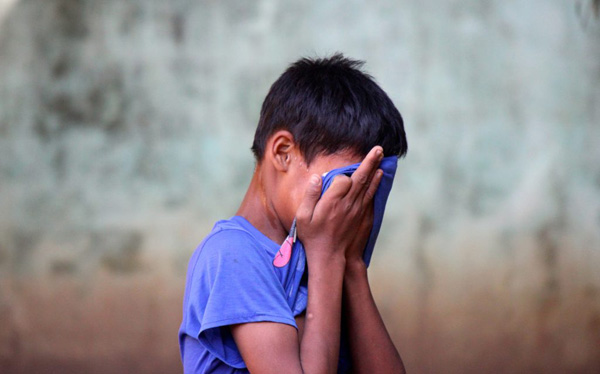
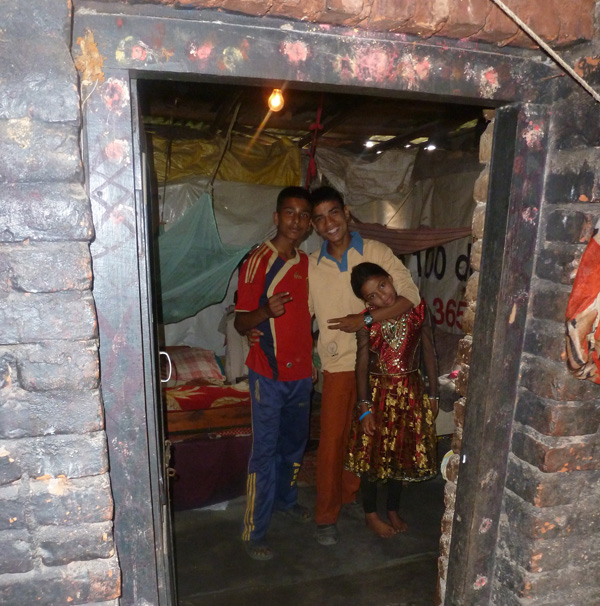
Trafficking in Nepal
Since the devastating 2015 earthquake in Nepal, the numbers of trafficking
victims have risen exponentially. While most cases go unreported, the 2022
National Human Rights Report found:
- About 40,300 Nepalis, most of them women and girls, were trafficked over the past two years.
- Around 1.9 million people continue to be at-risk for trafficking.
- Those trafficked from Nepal are mostly taken to India, trafficking made easier by open borders and cultural similarities. From there they are often trafficked to Arabic countries and throughout the world.
- Around 50 women are taken to the southern neighbor every single day, which is a transit point for trafficking to many other countries.
- Many loopholes in existing laws, plus lack of jobs and education for women, makes it difficult to control human trafficking and easy to entrap women and young girls.
- Some trafficked children are as young as 7-8 years old.
WHERE ARE THE CHILDREN FROM NEPAL TRAFFICKED?
- Children from Nepal are trafficked from their small, sparse villages - often by family members or other people they trust - too many places throughout the world. Some of these places include:
- Urban areas like Kathmandu or Pokhara.
- All throughout India.
- Gulf Countries, like Saudi Arabia, Qatar, and Dubai.
- Throughout the world, including Europe and North America.
WHY ARE NEPALESE SO VULNERABLE TO TRAFFICKING?
- Trafficking is so prevalent in Nepal because it is one of the poorest and least developed countries in the world.
- There is corruption and a lack of law enforcement.
- Trafficking is highest in areas that are behind in health, education, infrastructure and employment.
- Gender and caste discrimination.
CHILDREN ARE TRAFFICKED FOR SEXUAL EXPLOITATION AND DEVASTATING CHILD LABOR.
Some of the children are sold to:
- Work in Circuses.
- Work in Mines.
- Work as Servants.
- Have their Organs Removed and Sold.
- Be Forced to Marry.
WHAT ARE THE MAIN CAUSES OF CHILD TRAFFICKING?
- Gender Discrimination.
- Poverty.
- Lack of Awareness.
- Climate Change and Rapid Urbanization.
- Poor Education Opportunities.
- Lack of Employment.
Lauren Yanks & Jim Damon
The Blue Butterfly Foundation
PO Box 387
Tillson, NY 12486
For more information:
info@bluebutterflyfoundation.org
"It is better to light a candle than curse the darkness..."
- Eleanor Roosevelt
